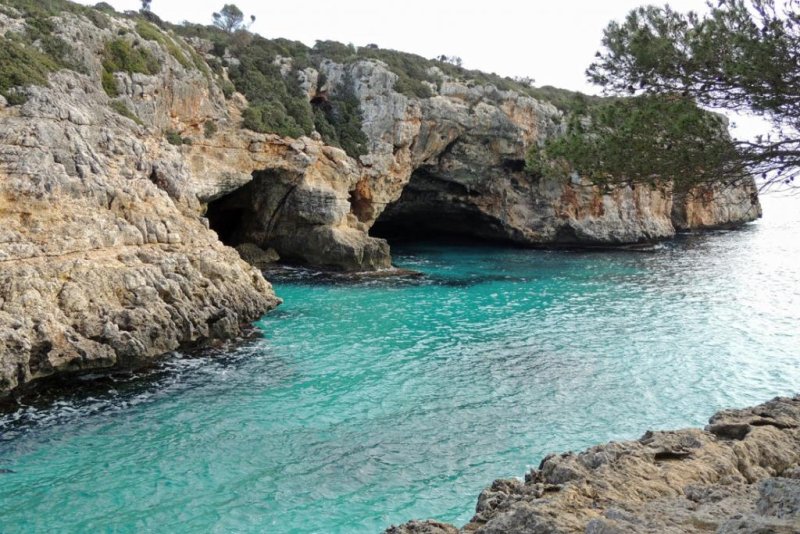Scientists studied cave formations in the Mediterranean to characterize the nature of sea level changes during the last interglacial period, some 127,000 years ago. Photo by Victor Polyak/UNM
Sept. 10 (UPI) -- New research suggests sea levels were surprisingly stable during the last interglacial period, between 127,000 and 116,000 years ago.
The interglacial period was the last time Earth was as warm as it is now. It was also the last time sea levels were as high as they are now.
Until now, scientists have struggled to accurately trace the trajectory of sea level changes during the period's Marine Isotope Stage 5e.
"The history of MIS-5e sea level is important as an analog for what will happen to current sea level with warming climate into the future," Victor Polyak, senior research scientist at the University of New Mexico, said in a news release.
Traditionally scientists have relied on coral markers to analyze ancient sea level rise. Previous attempts to characterize MIS-5e sea level change suggested an increase of 1 to 2 degrees Celsius could translate to sea level rise of 20 to 30 feet.
"This could happen quickly causing sea level to be unstable," Polyak said.
For the new study, scientists turned to ancient cave formations, called phreatic overgrowths on speleothems, or POS, instead of coral markers. Phreatic overgrowths on speleothems form when carbon dioxide is emitted by brackish cave water.
"POS are well-preserved, and given that they can be dated, they provide very accurate sea level elevations for current and pre-existing sea levels," Polyak said.
Polyak and his colleague analyzed POS inside eight caves along the coast of Mallorca, an island in the western Mediterranean Sea.
"This is the most accurate, best resolved sea level record for MIS-5e of the last interglacial period," Polyak said. "It provides exceptionally accurate timing of the sea level history during the above mentioned period."
The findings, published this week in the journal Nature Geoscience, showed sea levels rose nearly 20 feet at the beginning of MIS-5e, before falling 6.5 feet and remaining stable through the end of the interglacial period.
The analysis suggests seas could rise between 7 and 20 feet if Earth's average temperature rises 1.5 to 2 degrees Celsius above the planet's average pre-industrial temperature. The new research also showed, sea level rise is unlikely to happen sporadically.
If MIS-5e is an accurate analog, seas are unlikely to rise and fall on short time scales.
"This work clearly shows the most important findings that sea level didn't just go up and down," said New Mexico University professor Yemane Asmerom. "You had small changes in temperature and sea level stayed pretty stable."















